
Lot 212
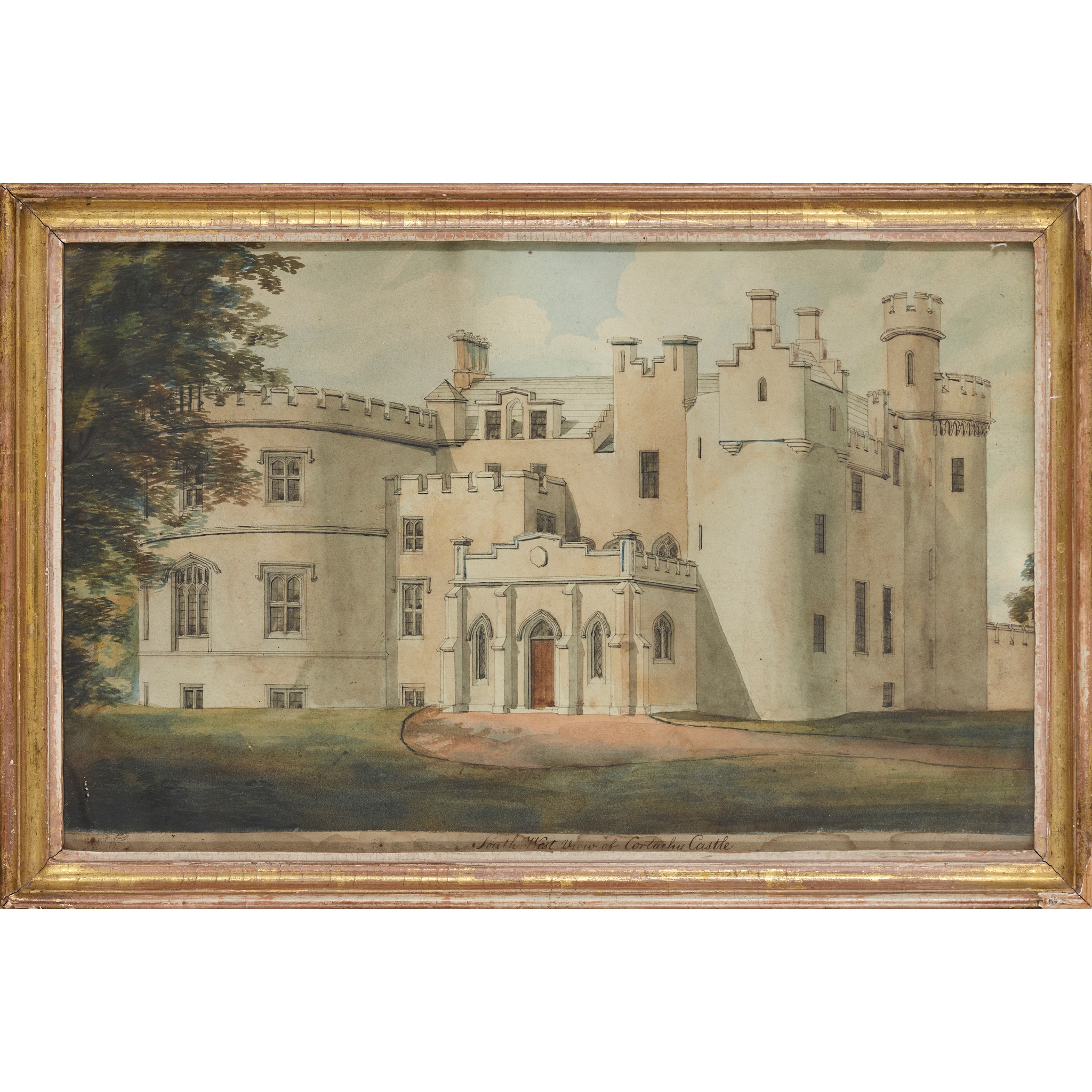
19TH CENTURY SCOTTISH SCHOOL
PROSPECT OF CORTACHY CASTLE
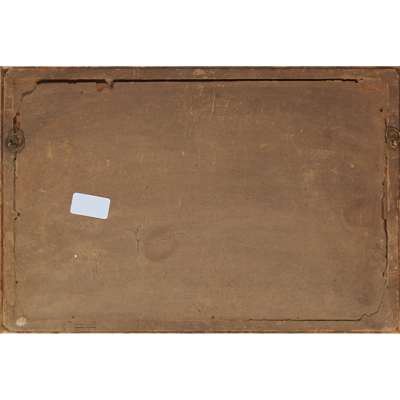
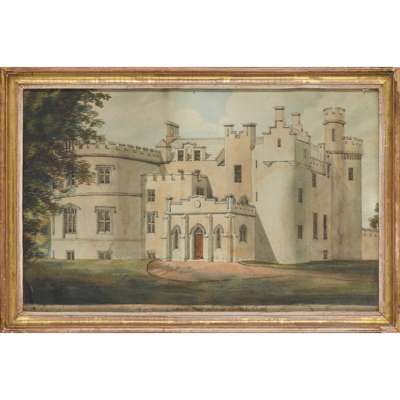
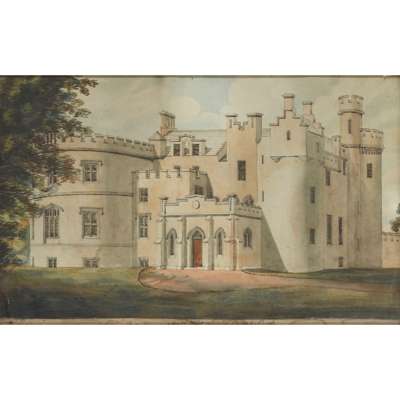


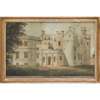
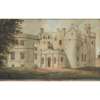

Auction: Day 1: Wednesday 20 August - Lots 1 - 296
Description
inscribed, watercolour
Dimensions
23cm x 36cm (9in x 14in)
Provenance
Property from the Earls of Airlie
Footnote
The Ogilvy family, hereditary Earls of Airlie, have held lands in Angus since at least the 15th century, with their historical seat, Airlie Castle, dating to 1432. Their lineage is distinguished by early and consistent support for the Scottish and later British monarchy, beginning with Robert the Bruce and extending through the Stuart dynasty and into the modern era. Airlie Castle, constructed in a commanding position atop a 400-foot precipice at the convergence of the River Isla and Melgam Water, was a fortress built for defence during some of Scotland’s most turbulent times.Designed with a moat and defensible features, it played a strategic role in the Highlands. Approximately fifty years later, in 1473, the Ogilvys acquired Cortachy Castle from the Earls of Strathearn. Unlike Airlie, which has preserved much of its original medieval form, Cortachy Castle underwent significant alterations in the 17th and 19th centuries (see lot 212).
Today, the estate spans approximately 30,000 acres and includes multiple properties and sporting facilities.The Ogilvys’ loyalty to the Crown is well documented. From 1425 onward, members of the family held prominent positions at court. Sir James Ogilvy (c.1593–1666), grandson of James Ogilvy of Airlie, was elevated to the peerage as Lord Ogilvy of Alyth and Lintrathen by King Charles I in 1639. This elevation recognised his refusal to sign the National Covenant and his earlier court role as ‘Gentleman of the Bedchamber’ to James VI of Scotland(I of England). In 1639, the family was further ennobled with the creation of the Earldom of Airlie, approximately two centuries after first securing their lands. Both the 1st Earl and his son, James Ogilvy, 2nd Earl of Airlie (c.1615–1704), were fervent Royalists during the Wars of the Three Kingdoms. The younger Ogilvy was captured during the battles of Aberdeen (1644) and Philiphaugh(1645), sentenced to death in 1646, and later imprisoned in the Tower of London in 1651. He survived the Interregnum and resumed public life following the Restoration, serving under both Charles II and James VII (II of England). Notably, in 1650, Charles II reportedly stayed at Cortachy Castle, in what became known as the ‘King’s Room’. The following year, however, Cromwellian forces sacked the castle.
The 3rd Earl of Airlie, David Ogilvy (1634–1717), maintained a quieter political profile, particularly during the 1707 Act of Union, although his cousin, the Earl of Seafield, was instrumental in its passage. The 3rd Earl’s son, James Ogilvy (d. 1731), joined the Jacobite Rising of 1715 under the Earl of Mar. He was attainted for his participation and only received a pardon in 1725. Although he did not officially inherit the title due to the attainder, he was recognised de jure as the 4th Earl. The family’s support for the Jacobite cause persisted during the 1745 Rising. David Ogilvy (1725–1803), de jure 6th Earl of Airlie, raised a regiment of approximately 600 men for Prince Charles Edward Stuart. This regiment fought at the Battle of Culloden in 1746 but suffered significant desertions. Following the Jacobite defeat,Ogilvy fled to France, later serving in the French army in Sweden. As a result, the family lost their titles and estates, which were not formally restored until 1826. Despite this, the Ogilvys continued to use their heraldic insignia and coronet, bestowed centuries earlier by the Stuart monarchy.
The family’s loyalty to the monarchy has endured into modern times. David George Coke Patrick Ogilvy, 13th Earl of Airlie (1926–2023), exemplified this tradition. A godson of King George V, he maintained close ties with the Royal Family throughout his life (see lot 226, a christening gift from King George V). Educated at Eton and Balliol College, Oxford, the 13th Earl pursued a successful career in banking, culminating in his appointment as Chairman of Schroders Bank (see lot 239). He resigned from this post in 1953 to assume the office of Lord Chamberlain to Queen Elizabeth II, following in the footsteps of his father, who served as Lord Chamberlain to Queen Elizabeth, the Queen Mother (1937–1965). As Lord Chamberlain (1984–1997), the Earl of Airlie oversaw the functioning of the Royal Household, implemented administrative reforms, and managed royal public relations during critical periods, including the 1992 ‘annus horribilis’.He was involved in planning the funeral of Diana, Princess of Wales, and coordinated numerous state visits and diplomatic receptions. Items in the current collection, including gifts and artifacts from 21 countries - from Malawi to Brazil to Brunei -demonstrate the global scope of these engagements and the respect accorded to him by foreign heads of state (see lots 260-296). His wife, Virginia Ogilvy, Countess of Airlie (née Fortune Ryan), played a similarly active role in royal service. As a Lady of the Bedchamber from 1973, she frequently accompanied Queen Elizabeth II on international tours. The numerous gifts and honours bestowed upon her reflect the esteem in which she was held globally. Following his retirement as Lord Chamberlain in 1997, the Earl was appointed a Permanent Lord-in-Waiting and, in 2007, Chancellor of the Order of the Thistle, Scotland’s highest order of chivalry. The order, limited to sixteen members at a time, is held for life. Lord Airlie remained close to the Royal Family throughout his life. Born just a month apart from Queen Elizabeth II, their bond endured for nearly a century. At the time of his death in 2023, he was the last man to have attended three coronations:1937, 1953, and 2023. The history of the Earls of Airlie is one of enduring service, loyalty, and proximity to the Crown. For over six centuries, the Ogilvy family has played a continuous and multifaceted role in the political, military, and ceremonial life of Scotland and the wider United Kingdom. Whether defending royal causes in battle or shaping the modern Royal Household, the Ogilvys exemplify the traditions of hereditary nobility aligned with national service. Godson of George V, the Airlie family and the Royal Windsor family had always had close ties and were tied by marriage in the 20th century when The Honourable Sir Angus Ogilvy, the Earl’s younger brother, married Princess Alexandra of Kent in 1963.







